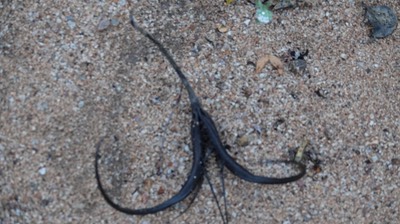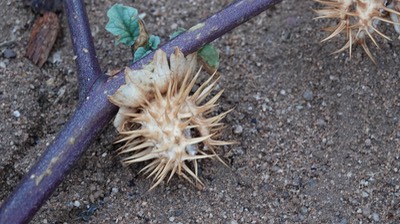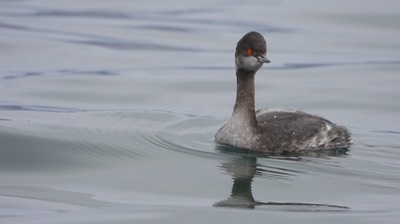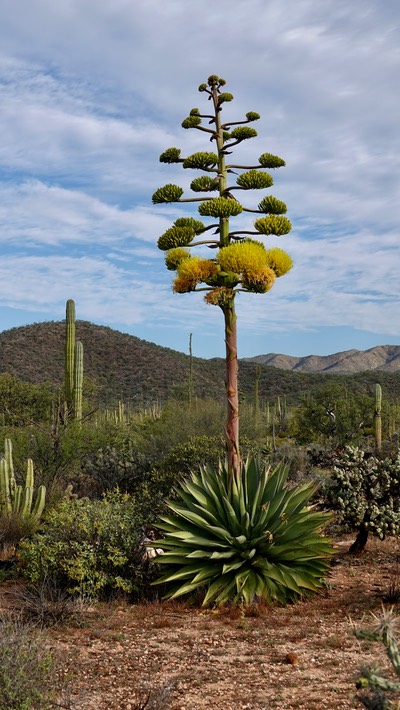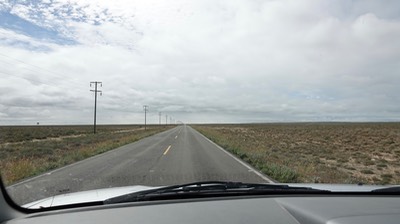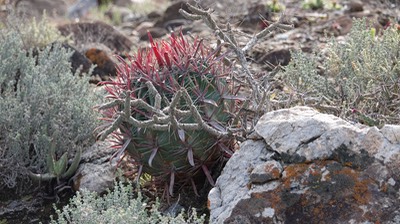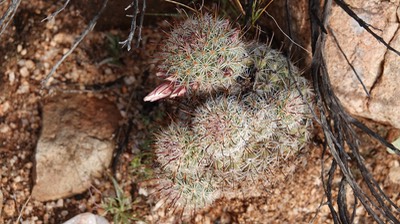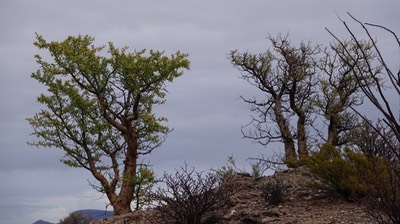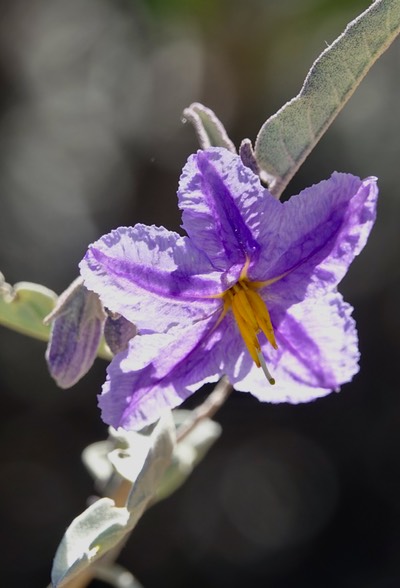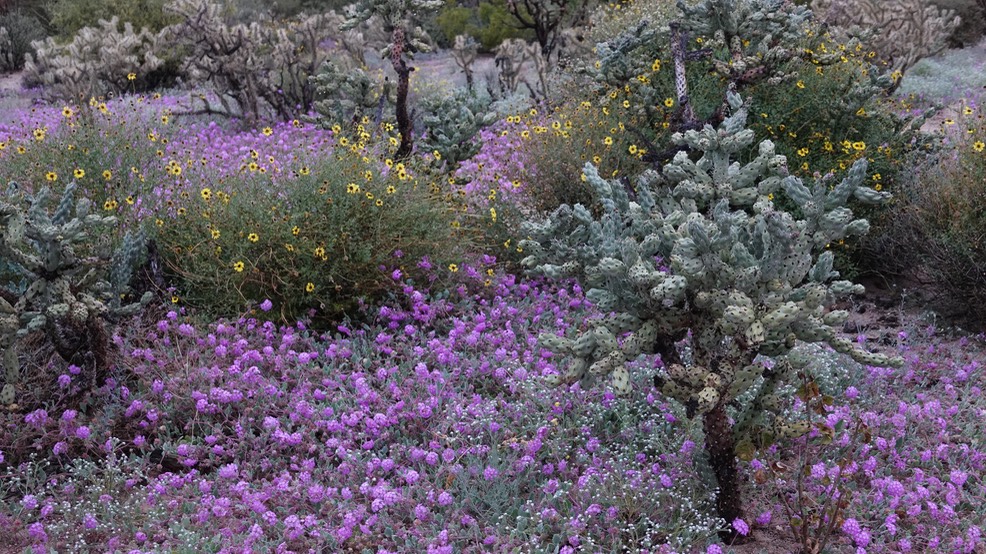
Baja California Photos

In North America
If you have an interest in birding travels outside Canada, the United States, or Mexico please visit our companion site.
The automobile, train, airplane, missile/rocket, farm equipment, road equipment, etc. galleries have been moved to the www.airandground.org website which can be reached at the link above.
I have an interest in the early peoples of the world. My material about them is found on the Ancient Peoples website, www.ancientpeoples.org.
My home patch for the last 15 years has been in a small (less than 100) town in the foothills of New Mexico in the United States. The nearest services are 35 miles away and we generally travel 75 miles for groceries. The Black Range where I reside is at the center of several ecological borders and thus very diverse. www.blackrange.org is the website I have developed to cover material from this area. I publish a quarterly which focuses on the natural history of the Black Range. Copies can be found at The Black Range Naturalist.


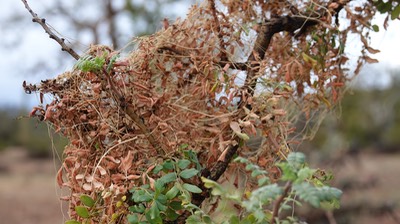
Veatch Dodder, Cuscuta veatchii, is a climbing parasitic plant. At least 14 species of Dodder are found on the Baja Peninsula. Species identification relies on, among other things, the species' host plant. Identificatin of the individuals shown here should not be considered definitive.
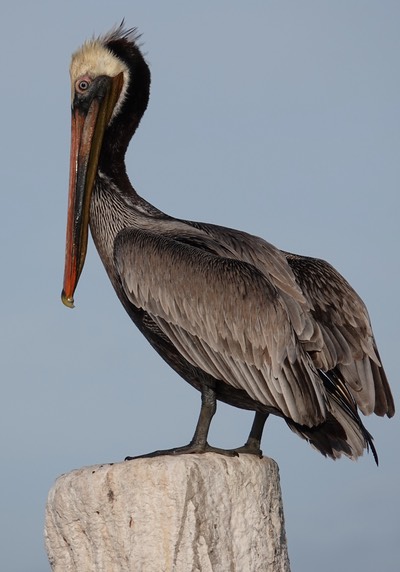
The Brown Pelican, Pelecanus occidentalis californicus, was first described by Ridgway in 1884. It is found in all of the costal areas along the Baja Peninsula.
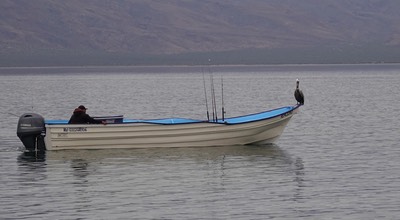
Two mainstays of the economy of Baja are tourism and small scale fisheries, often closely associated. In addition to the sight seeing and tourist fishing boats which travel out of nearly every little port there are always the small craft of local fisherpeople to be observed.
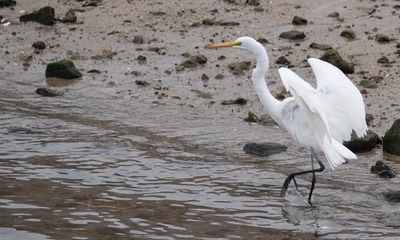
The Great Egret, Ardea alba egretta, is a cosmopolitan species, found in most of the world. This subspecies is found in the Americas - and at most beach and estuary sites in Baja.
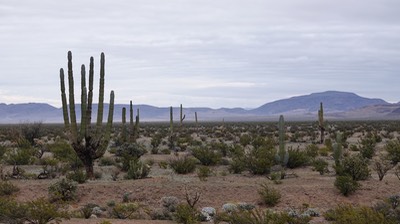
At any point, there are multiple plant species unfamiliar to those from farther north. But even the remnants of a plant are typical of some of the plant species of the United States southwest (two below).
